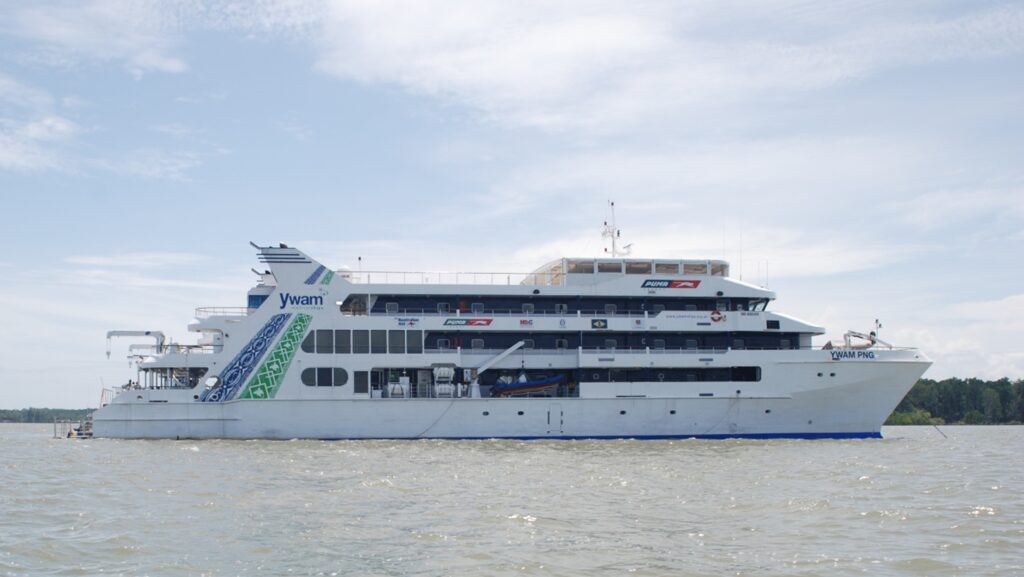It is estimated that there are between 100 and 200 million unique daily users of generative AI tools, with 1 in 3 people using these tools every day. With the recent release of updated generative AI models (Grok 4 in July and ChatGPT 5 in August 2025), it’s important to consider not only their utility but also the water and power requirements of these models. Generative AI requires extensive data centres to store the huge datasets required to train and operate the models. In the United States alone, there are over 3000 data centres. Data centre water use is a core consideration for the efficiency and even location of these models.

Uses of Water in Data Centres
The predominant use of water in data centres is to cool the servers and associated hardware. There are a range of different cooling mechanisms currently in use including water chillers, evaporative cooling systems and cooling towers. Each of these cooling methods have advantages and disadvantages. Cooling towers require very specific water quality while evaporative cooling systems lose a lot of water to the surrounding environment during venting and can be breeding grounds for bacteria.
Cooling towers require strict control of the microbiological content of the feedwater, as well as the prevention of corrosion and scaling. To produce the required water quality, feedwater can be chemically dosed with biocides, antiscalants and corrosion inhibitors. Alternatively, the feedwater for cooling towers can be physically treated to the required quality using resins, membrane filtration and UV irradiation. The decision on whether chemical or physical treatment is used will be a situationally dependent one and will vary site to site.

Water Availability For Data Centres
The United States and China currently lead the world in the development of new generative AI models. Major data centres for the most frequently used AI models are located in Iowa, Arizona, Memphis, Texas, Hainan and Saudi Arabia. However, most of these areas are, or soon will be, water stressed. Saudi Arabia has negligible fresh water sources and relies on seawater desalination to produce 50% of its water supply. Hainan has limited surface water and although is in a rainy region, has experienced droughts in the past and is expected to experience further water stress in the future. NOAA’s drought vulnerability index has listed Arizona, Texas and Iowa as medium to very high risk of drought. Climate change will only worsen water scarcity with shifting rainfall patterns reducing efficiency of surface water systems and increasing temperatures reducing freshwater availability projected.

Source: NOAA Climate.gov
The global availability of freshwater has been steadily declining in recent decades. Due to this unconventional water sources such as seawater and recycled wastewater have become increasingly common methods to produce freshwater for a wide range of sectors. The treatment systems required to produce freshwater from these sources are more energy intensive than sourcing water from traditional freshwater sources. However, there is increasingly no alternative other than unconventional sources. Therefore, available freshwater sources which provide water for drinking, agriculture and power production now must be balanced by the water demand of data centres.
Reducing Data Centre Water Use
Data centre water use is significant. For example, 19 proposed data centres in Melbourne’s west are estimated to consumer 20 GL of water each year. This is enough water for 330,000 people. There is research currently underway examining alternatives to using traditional cooling methods that will reduce the demand on freshwater resources. This includes:
- Underwater data centres (pressurised, self-contained modules submerged on the seabed)
- Seawater cooling (using pumped seawater circulate cold water through data centres)
- Chip level cooling (water-glycol mix is circulated through cold plates directly in contact with the surface of heat generating chips).
However underwater data centres are harder to maintain, seawater cooling may have unintended environmental risks and chip level cooling can be costly to implement.

Indirect Water Use Of Data Centres
Water is also used indirectly by data centres via the power they consume. More information about the water use of fossil fuel generated power can be found here. Water use of renewable energy systems can be found here. By 2028, AI models in the United States will consume as much power as a quarter of all US households. Not only is data centre water use significant in terms of cooling, but also in terms of water for generating power.
Newer models can also be more energy intensive than previous iterations. The energy use for a single Chat-GPT 4o query was estimated at 0.3-2.1 Wh. Chat-GPT 5 has been estimated at 18 Wh due to its advanced reasoning modes. It is also not just the energy required to perform queries with the models. Each new model takes additional energy to train. Training ChatGPT-4 alone took around 500 GWh of energy. The electricity consumed to train each model doubles every 1.4 years. There have been some newer models, such as Deepseek, which use fewer chips to train. However, there is still a significant power and water investment in each new iteration or model.
AI learning models are clearly helpful in numerous ways. However, serious consideration needs to be given to both the direct water and power costs of these systems. Additional consideration needs to be given to the stress these models are putting on already vulnerable water sources. Contact Moerk Water to discover potential water solutions for your data centre.




